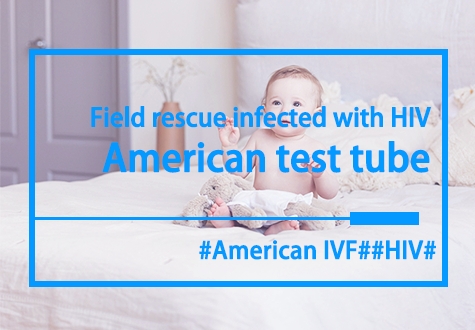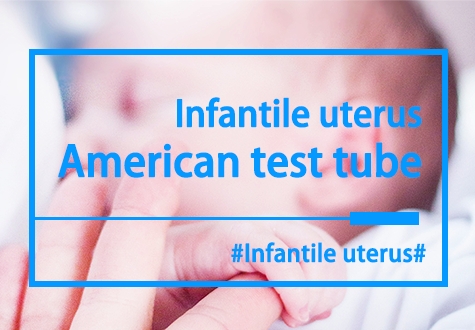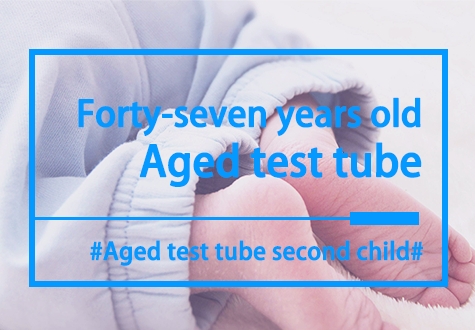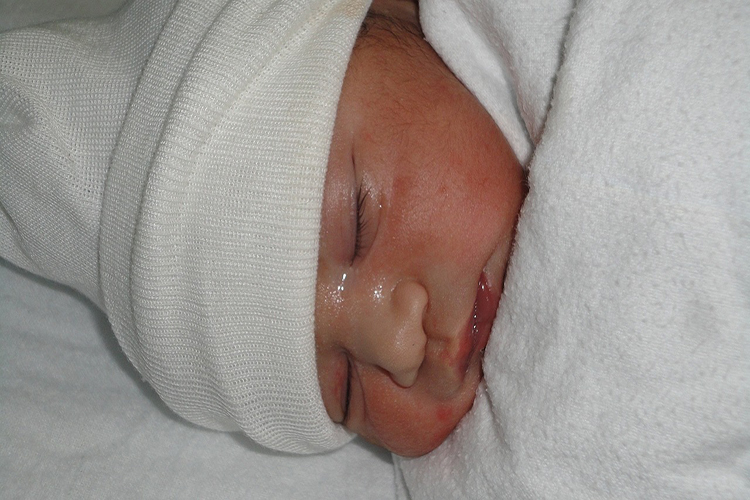New Policy for assisted reproductive technology medical insurance
In China, the incidence of infertility is increasing year by year, according to the latest data, the proportion has increased from 2% to 18.5%. According to the study, about one in eight couples of childbearing age will need to rely on assisted reproductive technology to achieve their reproductive dreams. However, the medical costs of assisted reproductive technology are not cheap, ranging from tens of thousands to hundreds of thousands of yuan, which is a heavy financial burden for many families.
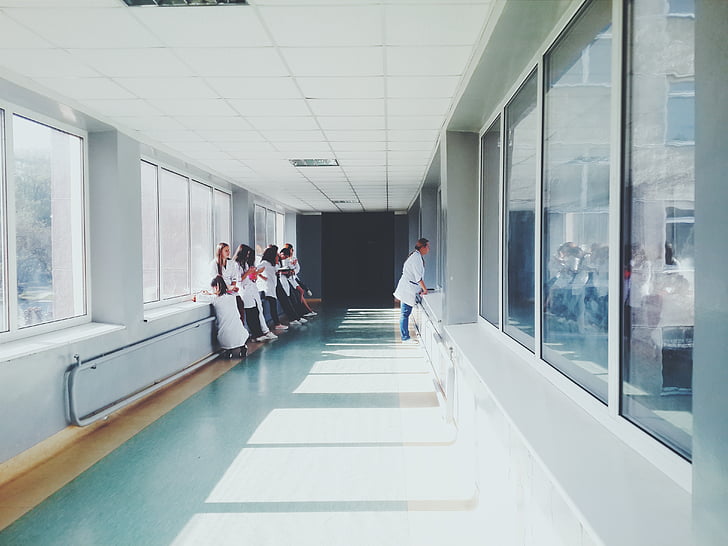
Meng Meng, a 30-year-old woman in Kunshan, and her husband have been on the road for more than two years. Five years of marriage, due to premature ovarian failure, Mengmeng has been unable to successfully conceive. In 2022, she resolutely decided to undergo IVF treatment.
"The area where the injection was given was black and blue every time because it was always given there and the blood vessels were too thin to find." Mengmeng is currently on her third IVF attempt after the first two failed. The complete process of each IVF, including preliminary examination, ovulation promotion, fertilization and embryo transfer, takes at least half a year, during which frequent trips to the hospital are required. Not only does it take a lot of time and effort, but it is also quite expensive. So far, Mengmeng has spent 70,000 to 80,000 yuan.
At present, assisted reproductive technology has developed to the third generation. The cost of the first and second generation technology is about 30,000 to 40,000 yuan per cycle, while the third generation technology, due to the need for embryo testing, costs relatively high, about 60,000 to 80,000 yuan per cycle. Research data show that about 50 million couples of childbearing age in China are facing infertility problems, and one-third of the world's assisted reproductive technology is completed in China, and the demand is considerable.
The reporter learned in the interview that almost all patients who need assisted reproduction and pregnancy are very concerned about the cost of diagnosis and treatment in the outpatient consultation, because it is a small expense for most families. In Shanghai, the average age of patients trying assisted reproductive technology is 35.
Sun Yun, director of the Department of Reproductive Medicine, explained: "The success rate of IVF is closely related to the woman's age. Before the age of 30, the success rate of a single embryo transfer can reach more than 70 percent, but after the age of 35, the success rate drops significantly, to 20 percent at the age of 40, and if you reach the age of 43, the success rate can even be less than 10 percent, sometimes as low as 5 percent."
Ms Ning Ning, 37, is currently undergoing IVF treatment and has had eight consecutive days of booster injections. I take two to three injections a day, and I've had a dozen."
For older women, often need to go through more IVF cycles, some need three or five cycles, or even a dozen cycles, the economic burden behind this can be imagined. Sun Yun admitted: "Some patients after three cycles, because of the high cost and choose to give up, some people choose to make money first and then try, but the success rate of women's IVF has a lot to do with age, they may delay a few years in the process of making money, and the success rate may be lower when they try again."
In order to help this group reduce the economic burden, many provinces and cities such as Beijing have previously included assisted reproductive technology in the coverage of medical insurance. "Since Beijing first included assisted reproductive technology in its medical insurance, many patients have come to ask when Shanghai will follow suit," said Zhang Ting, deputy chief physician.
From June 1 this year, Shanghai has also explicitly included 12 items such as "egg retrieval and embryo cultivation" among 17 assisted reproductive services into the medical insurance. Taking the egg retrieval project of 2500 yuan/time as an example, the insured personnel of Shanghai employees' medical insurance can be reimbursed 70% in the outpatient medical insurance of tertiary hospitals. Foreign patients who seek medical treatment in Shanghai can also enjoy this policy according to the local reimbursement ratio. Liu Zhang, director of the Medical Service Management Office of Shanghai Municipal Medical Insurance Bureau, introduced: "Among them, there are 5 category A projects and 7 Category B projects, and the participants of category B projects need to pay 10% cash in advance, and then reimburse according to the reimbursement ratio of basic medical insurance." For five projects, we have limited the coverage, that is, no more than three times in the same health care facility."
This good news makes Mengmeng and Ning and other patients more comfortable to accept treatment. "Today, I saved more than 3,000 yuan, saved 1,000 yuan in my personal account, and saved 2,500 yuan in my medical insurance pool," Meng said. "I feel very happy. I can save a sum." "If the health insurance is not included and time does not allow, I may consider postponing it for another month, but with the health insurance now, the economic pressure will definitely be greatly relieved," Ning said.
According to statistics, the total cost of assisted reproductive treatment in Shanghai is about 2.3 billion yuan per year, and the medical insurance reimbursement is expected to reduce the burden of about 900 million yuan per year for the insured. Every year, about 100,000 people undergo assisted reproductive treatment, and the implementation of this policy will greatly reduce the medical burden of patients. At the same time, many patients also expect that the remaining five projects can be further included in medical insurance, so that more people can benefit.





